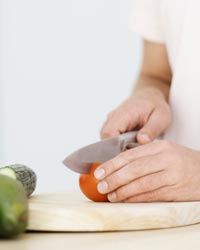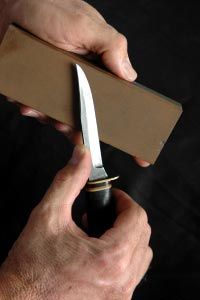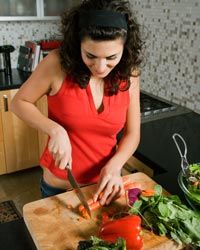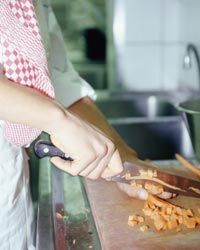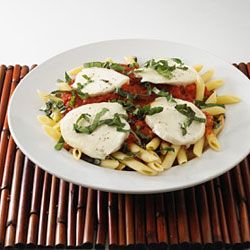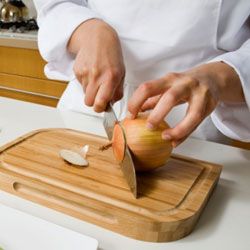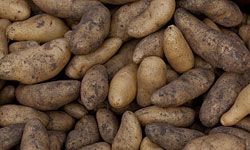Learning how to use a knife correctly is imperative when it comes to keeping you safe in the kitchen. Not only is it important to keep knives clean and sharp, but learning how to properly cut foods can prevent accidents. You may know how to chop and mince fruits and vegetables, but do you know how to properly protect your fingers as you slice and dice? Equipping yourself with the right knowledge will go a long way in the kitchen.
There are several different ways to use a knife to prepare foods, and each technique can help make cooking a much easier -- and safer -- task. Plus, knowing the difference between dicing and julienning can be a real lifesaver at your next dinner party! Whether you're an experienced cook or just bought your first cutlery set, here are 10 knife skills that you'll find instrumental in helping you prepare meals like a world-renowned chef.
Advertisement
